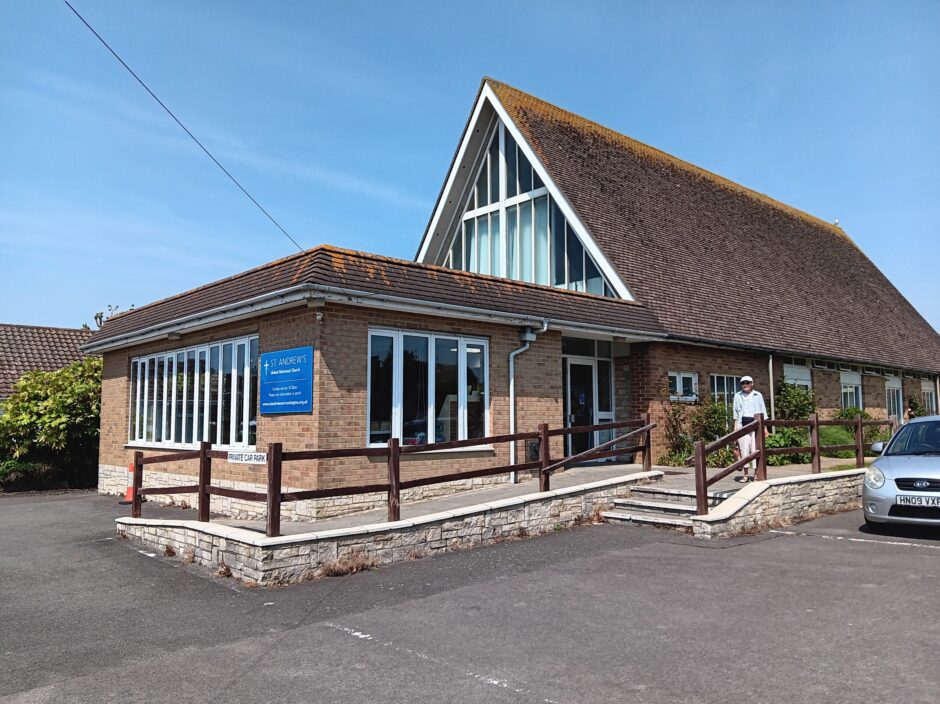The Vote and The Future
This year, alongside working for JPIT I get to work for an MP, and spend half of my week in the Houses of Parliament. As I walk around Parliament to meetings, committee hearings or debates, I am frequently struck by how the history of our democracy is reflected in the building.
Recently, one of my friends in Parliament suggested that I go in search of a cupboard near Westminster Hall. Despite being half-convinced that I was falling for some unknown Parliamentary prank, I decided to explore and see what I could find. After unsuccessfully poking my head into some disused cupboards and hidden stairwells, I was feeling increasingly foolish. Eventually, following some directions from a kind security guard, I found myself in a small, unadorned cupboard. On the back of the door was a small portrait and a simple plaque.
The portrait and plaque commemorate suffragette Emily Davison, who spent the night in the same cupboard where I was now standing. She hid herself there, illegally, on the night of the 1911 census so she could record her address as ‘House of Commons’, an act to stake a claim to the same political rights as men and protest her exclusion from politics on the basis of her gender. Emily Davison died two years later when she was trampled by the King’s horse during another protest.
Standing there in the cupboard, I felt overwhelming gratitude for the people known and unknown who have fought and sacrificed for the democratic rights I could easily take for granted.
Today, 6 February, marks 106 years since the UK Parliament passed the Representation of the People Act (1918). This Act granted universal suffrage (the right to vote) to men, and women (albeit not all women) for the first time. It was a seminal moment for democratic rights and women’s rights in the UK.
The fight for universal suffrage had begun in earnest in 1832, when Parliament passed the Reform Act. It expanded voting rights for men, but still left the majority of working men disenfranchised because voters had to own property worth more than £10, thus disqualifying about six out of seven men in the UK1. It also explicitly disenfranchised women for the first time. The passage of this Act sparked the working-class Chartist movement which fought for ‘universal manhood suffrage’ and electoral reform. Despite their mass support, presenting three petitions with a combined total of over 10 million signatures an extremely impressive feat today let alone in the 1800s, their demands were rejected, leading to mass unrest and arrests. While the influence of the Chartists’ declined over time, their campaigning led to some changes to the Reform Act.
The next mass movement around the fight for suffrage came with the campaign for women’s suffrage. In 1866, John Stuart Mill – an MP, philosopher and political economist – first made the case for women’s suffrage in Parliament. His amendment was defeated by an overwhelming majority of MPs, but it helped to spark an ongoing Parliamentary debate and women’s suffrage campaign movements. In 1897, various women’s suffrage organisations joined together. Millicent Fawcett led2 the new National Union for Women’s Suffrage Societies (NUWSS), to debate and campaign non-violently for the women’s vote. The campaigners were known as ‘suffragists’. However, after six years of NUWSS campaigning, Emmeline Pankhurst and her daughters became disenchanted with their lack of progress. They decided to found the Women’s Social and Political Union (WSPU) and were known as ‘the suffragettes’. They engaged in mass protest and direct action, which often became militant. Although controversial, the suffragettes had a lot of support, with one of their protests in London attracting 300,000 protestors.
Despite the First World War putting an end to militant suffragette action, it enabled women to take on jobs that had been reserved for men. The role that women played during the war years was fundamental in shifting public opinion and strengthening the case for women’s suffrage. The war also advanced the case for universal male suffrage, as the injustice of soldiers returning from fighting for their country but being unable to be part of deciding its future was felt acutely. Many male suffrage campaigners threw their weight behind women’s suffrage, realising that an expansion of voting rights to women would also result in the advancement of male suffrage.
The Representation of the People Act of 6 February 1918 was a vital step in expanding democratic rights in the UK. It marked the culmination of long years of campaigning, protest and activism by countless individuals, including Emily Davison. Ten years later, in 1928, women at last achieved universal suffrage and electoral equality with men.
I have always found the fight for universal suffrage a source of inspiration when thinking about women’s rights, and the potential for campaigns and activism to effect change. Today, we are so used to having the democratic rights that were fought for by thousands of named and unnamed individuals, that we can be at risk of taking them for granted. While politics and the challenges facing the UK and wider world can often feel overwhelming or even impossible to overcome, it is inspiring to think of the progress that has been made in 106 years.
When we look towards the UK’s forthcoming general election, I hope that we can appreciate those who have gone before us who fought for the rights we enjoy today. We should also remember our global neighbours who are still fighting for democracy and political rights.
The Joint Public Issues Team will be providing practical and issue-based resources to help churches and individuals prepare for the general election. This year, while the political landscape can feel bleak and negative, I hope that you will choose to cast your vote in love, in prayer, and perhaps keeping that small, dusty cupboard in mind.
<!–
–>
Source
